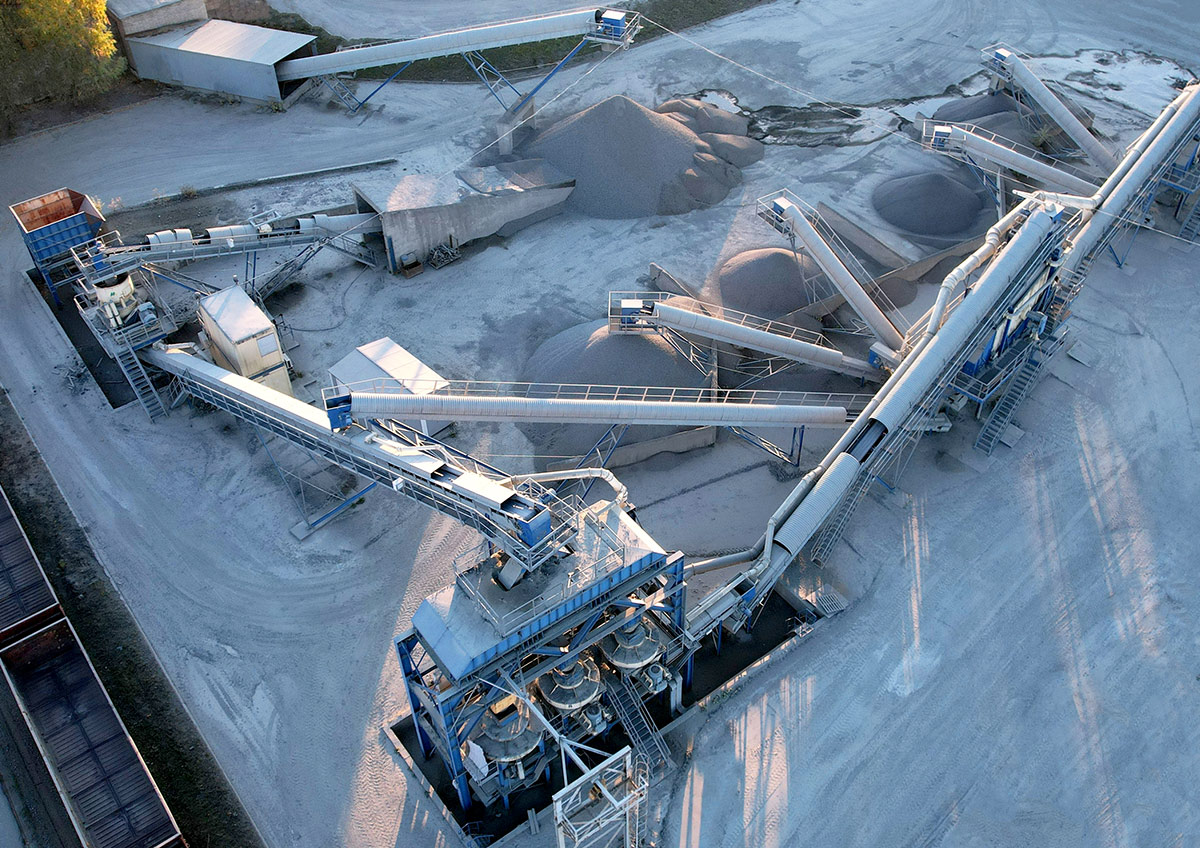Capital, collaboration and data will each play a critical role in determining whether society succeeds in staving off the worst impacts of a warming planet.
The three themes resounded on Tuesday throughout the launch of the MSCI Sustainability Institute, which brought together leaders from across capital markets, academia, business, government and civil society to examine action to achieve global climate goals and address the opportunities that accompany the shift to a clean-energy economy.
“Meeting the challenge of climate change demands new forms of collaboration from leaders across domains and disciplines.”
Linda-Eling Lee, the MSCI Sustainability Institute’s founding director
Henry Fernandez, MSCI’s Chairman and CEO, stressed the value of an interdisciplinary approach. “We want to get a number of people from different walks of life, from finance, academia, business, NGOs and think tanks, in the room together to solve the problem of climate change.” he said.
Below are some of the biggest takeaways from the gathering.
Is 1.6°C the new 1.5°C?
The vital role of finance
“Finance is the enabler for the transformation and the roadblock for progress and ambition,” observed Simon Stiell, executive secretary of the United Nations Framework Convention on Climate Change (UNFCCC), who stressed that the UNFCCC’s recently published stocktake of progress toward the goals of the Paris Agreement emphasizes the need to mobilize private capital.
Private finance “can move faster” than public finance, said Stiell, who underscored the importance of collaboration between the two.
“The MSCI Sustainability Institute is right to support this collaboration,” he commented. “Only by working together will we be able to drive the transition to a sustainable future.”
Stiell acknowledged the need for governments to create clarity through policy that can trigger the trillions of dollars in private investment needed. But he also stressed the need for capital- markets participants to lean in to the transition.
“We know that money finds the path of least resistance,” he said. “But there needs to be some curiosity on your side in understanding the risks, real and perceived, of realigning the flows of capital to the fossil-fuel industry and the returns of investing in the transition to renewables.”
A pathway for investor climate action
While the COP28 climate conference could yield guidance on policy that helps investors better translate the long-term risks of climate change into current concerns, the next three UN climate summits – COP28, 29 and 30 – are designed to deliver “the signals that will determine whether we are on track to limit warming to 1.5°C above preindustrial levels by 2030,” Stiell stressed.
“The misconception we have is that every COP is a final destination that must deliver on everything,” he noted. “At COP28 there are opportunities for tripling of renewable capacity and doubling of energy efficiency by 2030, phasing down fossil fuels, and managing the trade-off between fossil-fuel investment and long-term sustainable growth. The cost of inaction is higher than cost of a just transition, but we face some very difficult questions,” Stiell said.
Stiell said he hopes that COP28 will produce a plan for closing the gap between current country climate commitments and the nearly 24 gigatons of greenhouse gases that the UNFCCC’s recent report card finds would be needed to constrain warming to 1.5°C.
“That’s where you guys have a role to play and need to step forward,” Stiell told the roomful of investors. “It’s about finance. There will be a plan, but plans without means to implement them are futile.”
Reaction from asset-owner investors
“I’d like to see countries implement the reporting standard that has been agreed-upon,” said Carine Smith Ihenacho, chief governance and compliance officer at Norges Bank Investment Management, referring to the framework developed by the International Sustainability Standards Board (ISSB). “If we don’t know the emissions we don’t know the climate risk involved.”
“I would say we are financing emissions reduction, not reducing financed emissions,” stressed Limin Yang, managing director for investment risk at CPP Investments.
“We need to invest in the transition of the whole economy, instead of giving emissions back to the world so that someone else can deal with it.” Smith Ihenacho echoed the point. “Investing in the green side of the economy doesn’t solve the problem. We need to support the companies that are transitioning to the greener side.”
Kyung-Ah Park, managing director of ESG investment management at Temasek picked up the theme.
“This is a global transformation and we need to bring the incumbent industries along,” she noted, pointing to Temasek’s backing a consortium led by Brookfield Asset Management that has agreed to acquire Origin Energy, Australia’s largest integrated power producer. The transaction aims to shift the company’s energy production to renewables from coal.
“We can tackle about 8% of Australia’s greenhouse gas emissions and make money along the way,” Park said.
“A lot of people are struggling with lack of standardization in data, but at the end of the day it’s the investors who need to make their own decisions,” observed Hiro Mizuno, former managing director of Japan’s Government Pension Fund Global and an adviser to MSCI and the Institute.
“One of the goals of the Institute is for investors, academia and NGOs, to work more collaboratively; this is probably the first time the financial industry will let all these people into our work. I hope it will deliver a stepping stone for collaboration across domains.”
Preparing for a warmer world
Climate change is creating risk for all current and future assets, noted Dr. Sarah Kapnick, chief scientist at the U.S. National Oceanic and Atmospheric Administration. “We know enough to take action to mitigate future greenhouse gas emissions, but we also have more information about the climate impacts baked in.”
We need the right science and technology, Dr. Kapnick stressed. “Without good data we risk maladaptation,” she warned. “You think you’re doing something good but do something worse.”
“Climate scientists are worried,” she added, noting the arrival of the El Nino phase of global weather patterns. “Our seasonality forecast from last month shows that this winter we may exceed 1.5 degrees warming in individual months. The Paris Agreement is talking about 1.5 degrees over many decades. It’s very sobering to realize we are starting to dance with 1.5-degree warming.”
Can climate resilience be an attractive investment?
“We need to do the same thing for resilience that investors have come to understand about decarbonization,” observed Paul Bodnar, director of sustainable finance, industry and diplomacy at The Bezos Earth Fund. “It’s unfortunate, that we need to deal with this, but as with the health care industry and illness, but we have made the planet sick and as investors we need to be working on solutions.”
“The ultimate regulator right now is physics,” observed Jay Koh, managing director at The Lightsmith Group and chair of the Global Adaptation and Resilience Investment (GARI) working group, which is developing a framework for investment in resilience in collaboration with the MSCI Sustainability Institute and supported by The Bezos Earth Fund and ClimateWorks Foundation. “It’s the hottest year on record, and it’s the coldest year of the rest of your life. All the things you need for resilience become more valuable, including things like risk analytics for agriculture and supply-chain management.”
Catalyzing climate capital
The Biden Administration’s climate strategy “relies on a set of robust demand- and supply-side incentives to drive mutually reinforcing investment at all stages of the value chain,” said Lael Brainard, director of the White House National Economic Council, who noted that in the last year the U.S. has seen $213 billion in new clean investments from clean manufacturing to household investments in green technologies like heat pumps and electric vehicles.
The Inflation Reduction Act’s financial backing for technologies such as green hydrogen and carbon removal reflects investment in research, Brainard added. “We see those things as building what we think of as Earth shots,” she stressed. “We need that fundamental research in speculative areas, in conjunction with the law’s production tax credits and investment tax credits that focus on more mature technologies.”
The Administration is tracking the results of the landmark climate law based on a variety of data, said Brainard. “We have good projections that battery manufacturing will increase five times by 2030, that EV output will increase twentyfold,” the director noted, stressing that 90% of investments from the act are flowing to communities where workers earn weekly wages below the national average.
The measure’s domestic manufacturing provisions “reflect the view that we cannot be dependent on undependable sources for certain parts of the supply chain,” she added. “There was a period of explaining and education with our partners, and we do see this as win-win.” Foreign companies are thriving in the U.S. market, she added, likening the impact of the law to the global partnerships that produced such scientific breakthroughs as the Covid vaccine.
Thank you to everyone who attended. The launch marks the beginning of the Institute’s efforts to convene stakeholders from across the sustainable-finance ecosystem to tackle global challenges such as climate change. We look forward to continuing this discussion together.

